As part of my Design Foundations courses, I was tasked with implementing a creatively hidden text-based riddle within a particular building on Ohio State's campus. Viewer interaction causes the reveal of the full riddle and answer; elements of the installation are discoverable, so the entire concept is not obvious at first glance. Successful completion required detailed spatial analysis in order for the text to inform the space. Additionally, applying elements and principles helped to communicate the riddle and its hidden properties. The most prominent were harmony between the installation and its environment, as well as space and form through materiality and viewer participation. Whether this participation involves touching the composition or simply viewing it from a new angle, this module created an experience for a target audience in a unique and unexpected way.
Digital mockup of Hue Magazine and its riddle decoder. Within the cover, "Silence of grief / cloudless sky" is highlighted.
While conducting research, I noticed that visitors at the Fine Arts Library often overlook the magazine shelves - they might admire the harmony within covers but rarely pick them up to look inside. However, art and design scholars who are likely to notice an anomaly in publication names are my target audience for Hue, a magazine with a riddle hidden in its cover design. Once picked up, it is revealed that the form is not a real magazine - its back cover is a pocket, and the cover is given depth with foam board. Inside the paint palette-shaped pocket is a framed sheet of red acetate, and when placed over the front cover, this enables the viewer to decode the riddle.
Within the abstract shape, the riddle reads: “Unforgiving fire / Ocean’s cry / Silence of grief / Cloudless sky”. Each line describes the color blue, and many characteristics of the design emphasize this. The riddle’s text is blue, the article subtitles are references to the color, and removing the red decoder from its pocket reveals blue shapes in the paint palette. Through interactions in space and perceptions of color, these elements reward the viewer for picking up the composition by revealing both the riddle and answer. Its balanced cover and realistic layout allow it to blend in at first glance, while its true purpose is hidden deeper than what is visible when walking past the shelf.
A fake magazine cover mounted to foam board, displaying a riddle hidden within the artwork.
The back of the magazine contains a pocket holding a decoder that brings the riddle into view.
Demonstration of what viewers discover on the back of the magazine.
Photo of library shelf displaying Hue Magazine.
Collage of iterations for magazine cover design.
